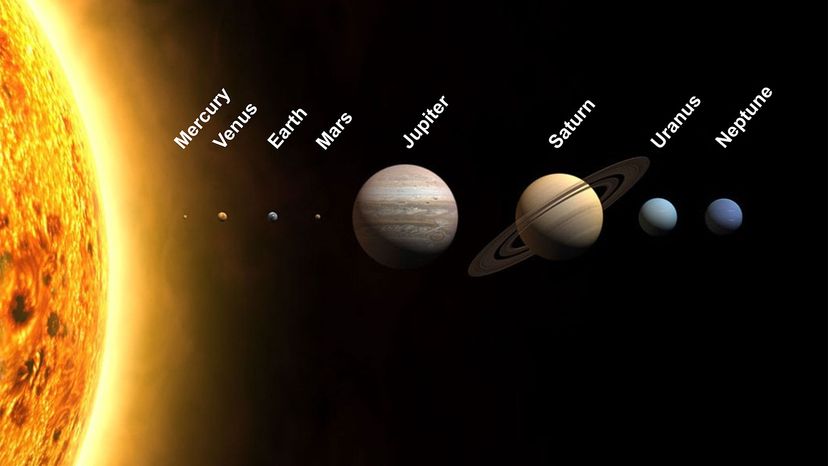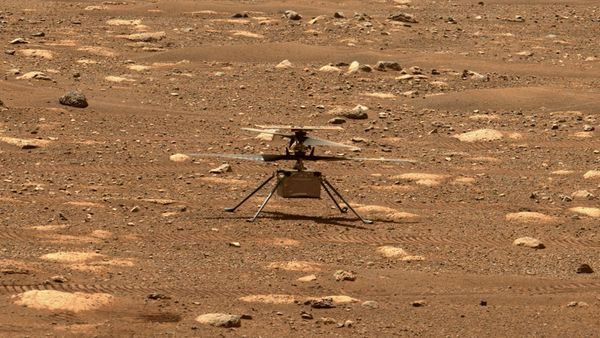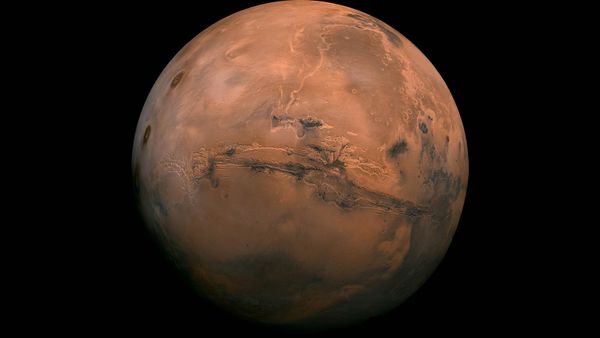
Over the past 60 years, humans have begun to explore our solar system in earnest. From the first launches in the late 1950s until today, we've sent probes, orbiters, landers, and even rovers (like NASA's Perseverance Rover that touched down on Mars in February 2021) to every planet in our solar system. But can you name all eight of those planets in order? (Yes, there are only eight – not nine. Pluto got "demoted" in 2006.) And can you put them in the correct order?
In case you're a little rusty, we'll break down some common ways to order the planets plus a few tricks to help you remember them going forward. Let's start with the distance from the sun.
Advertisement
The most common way to order the planets is by their distance from the sun. Using this method, the planets are listed in the following order:


